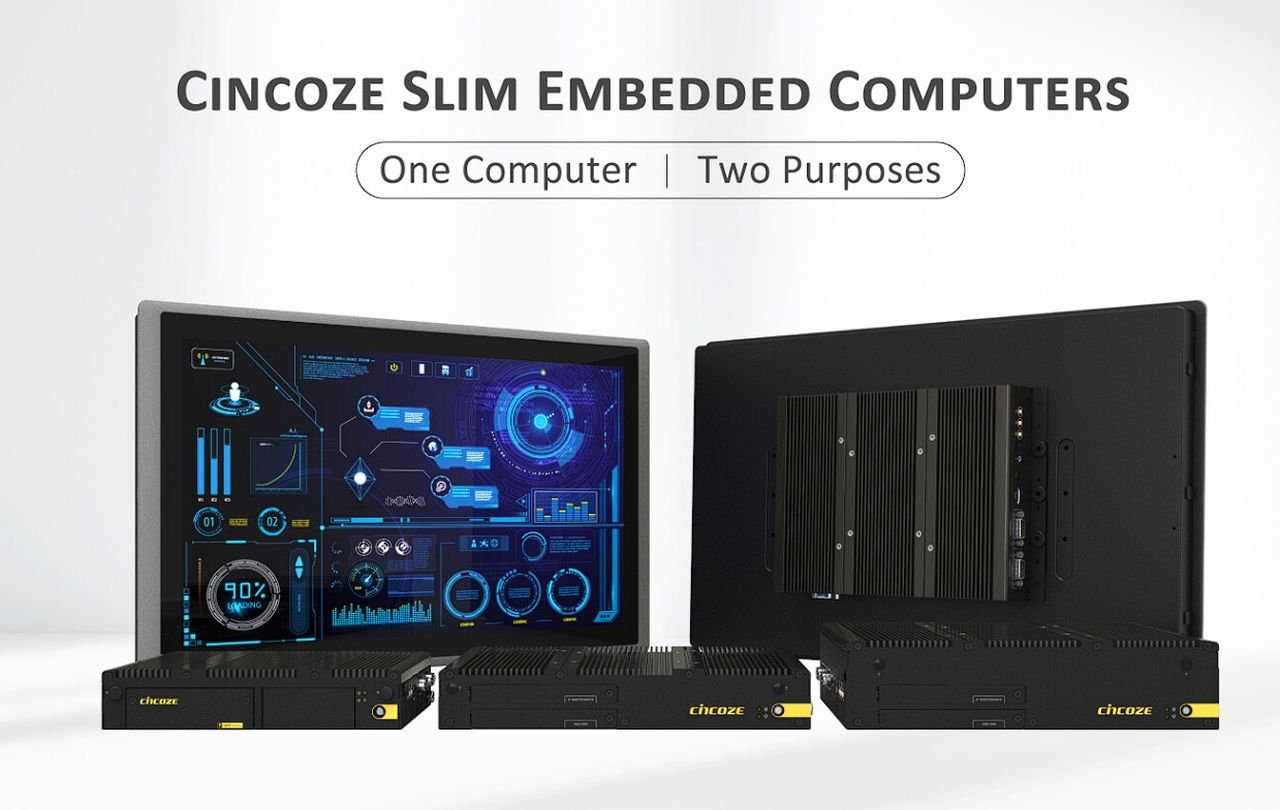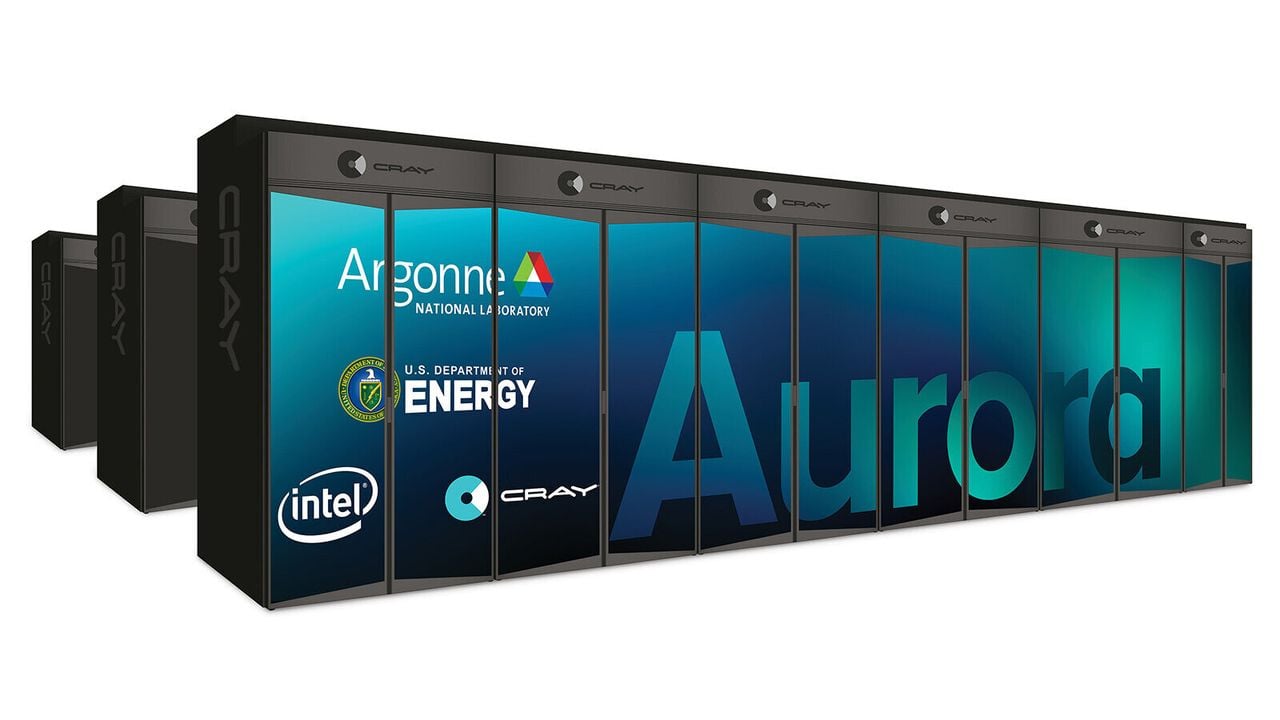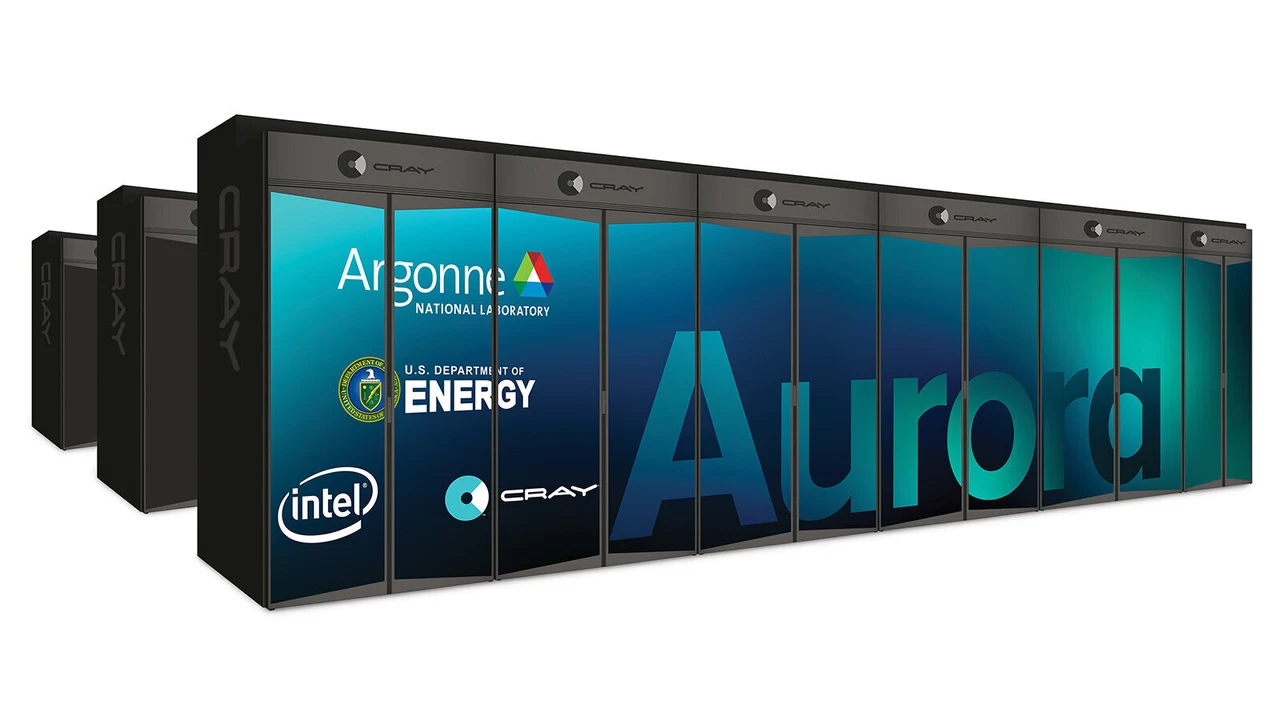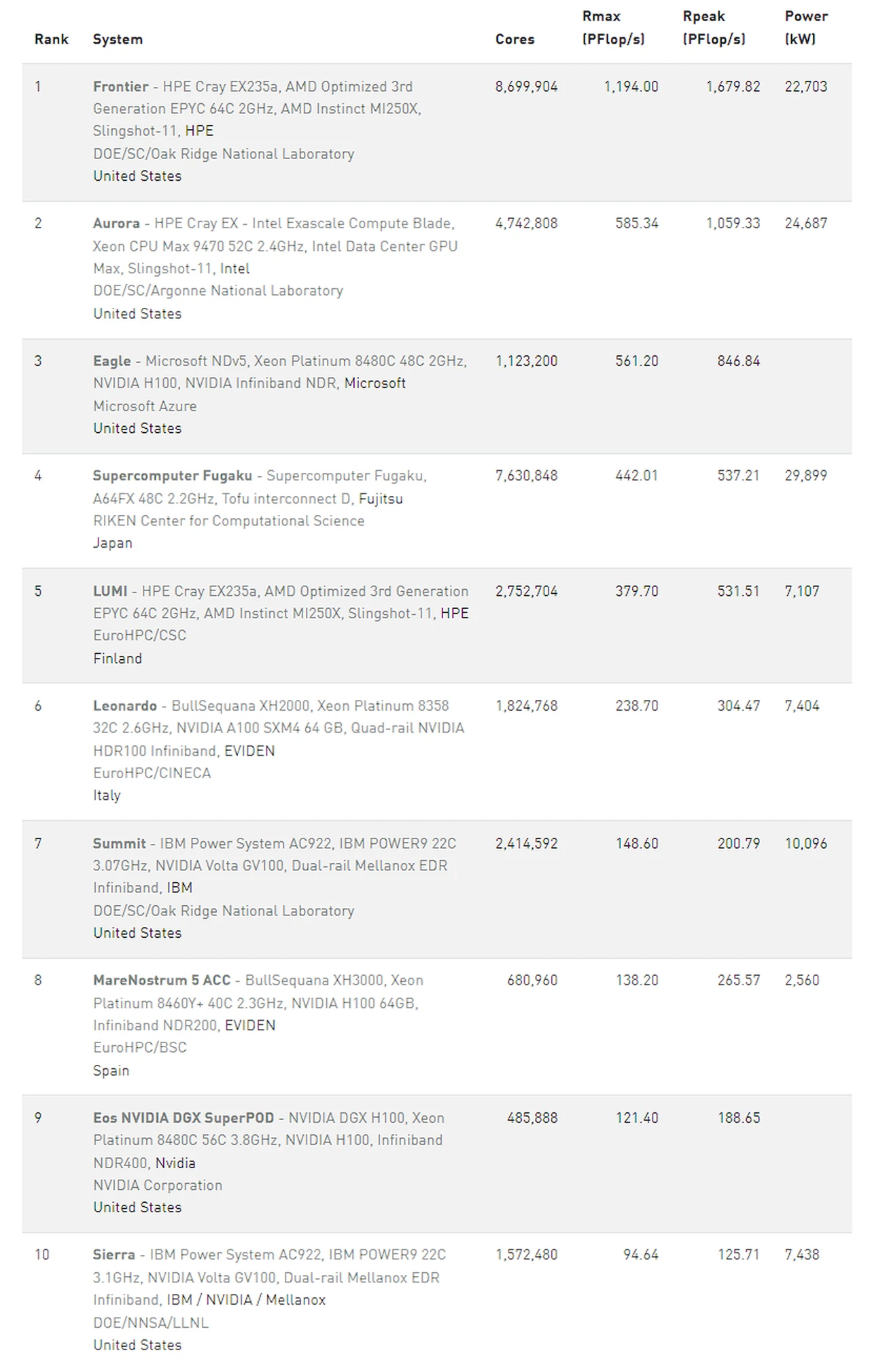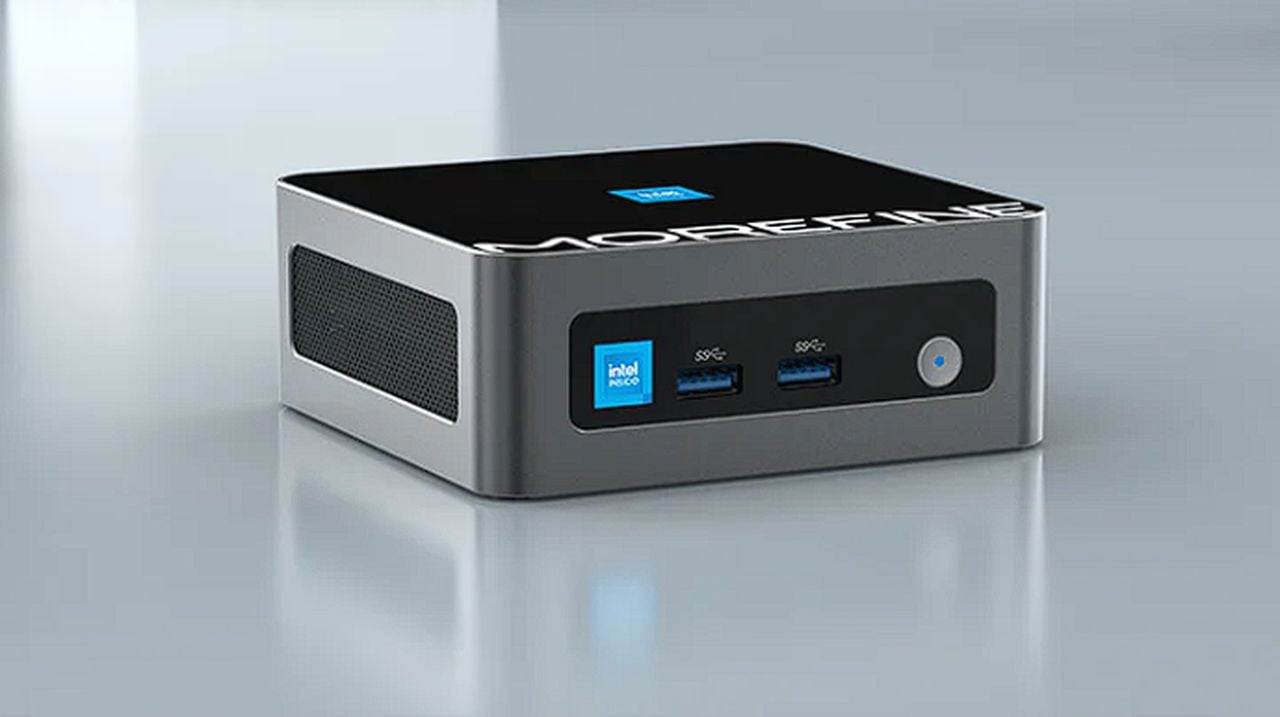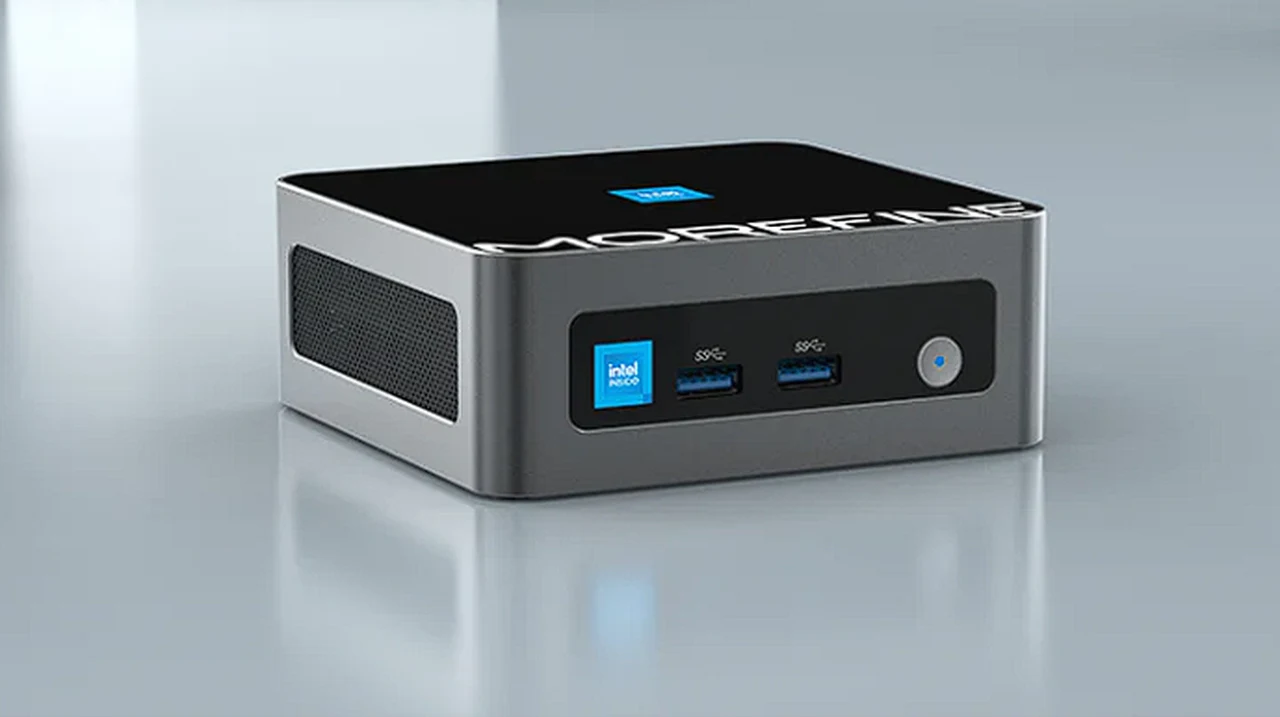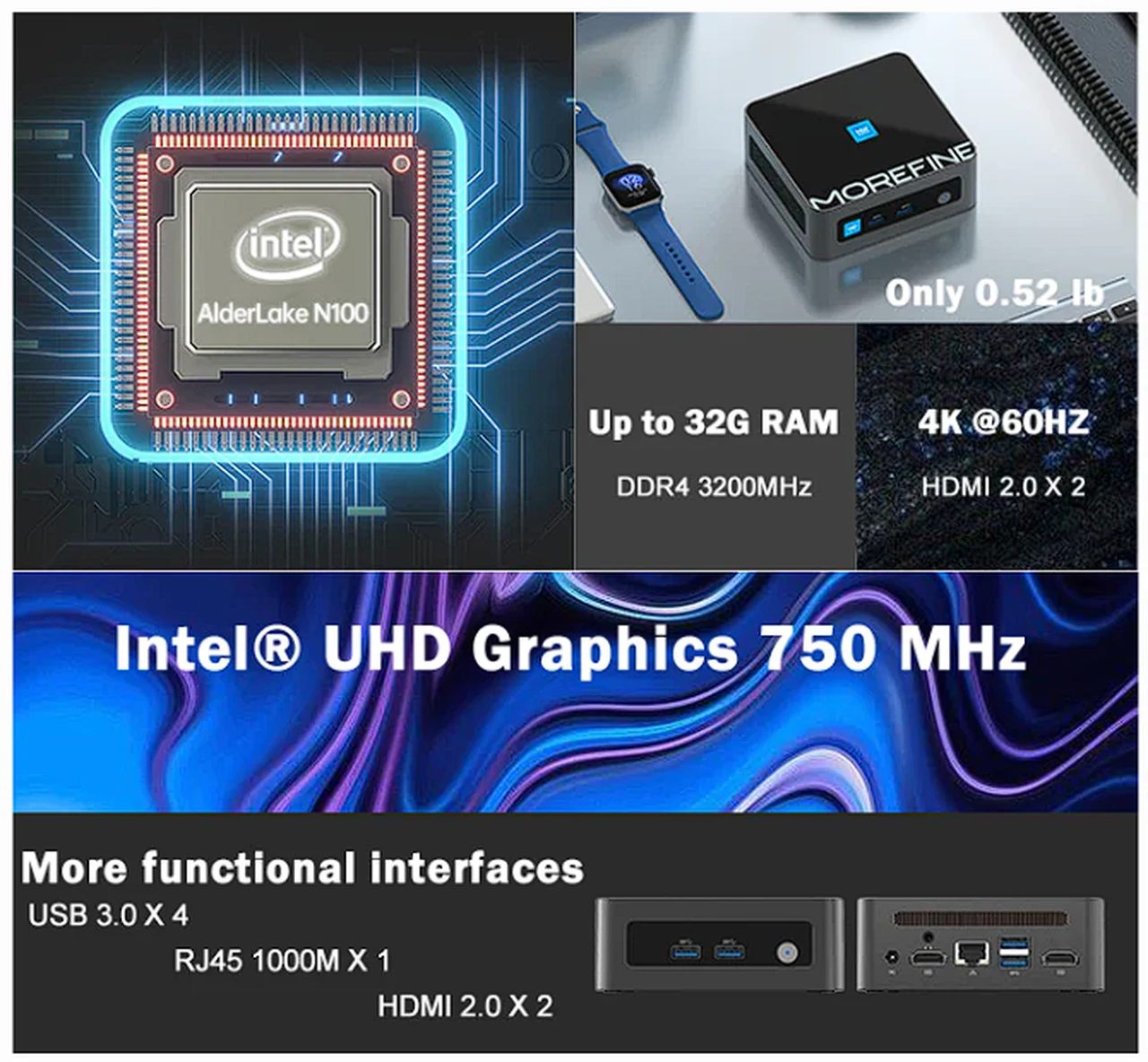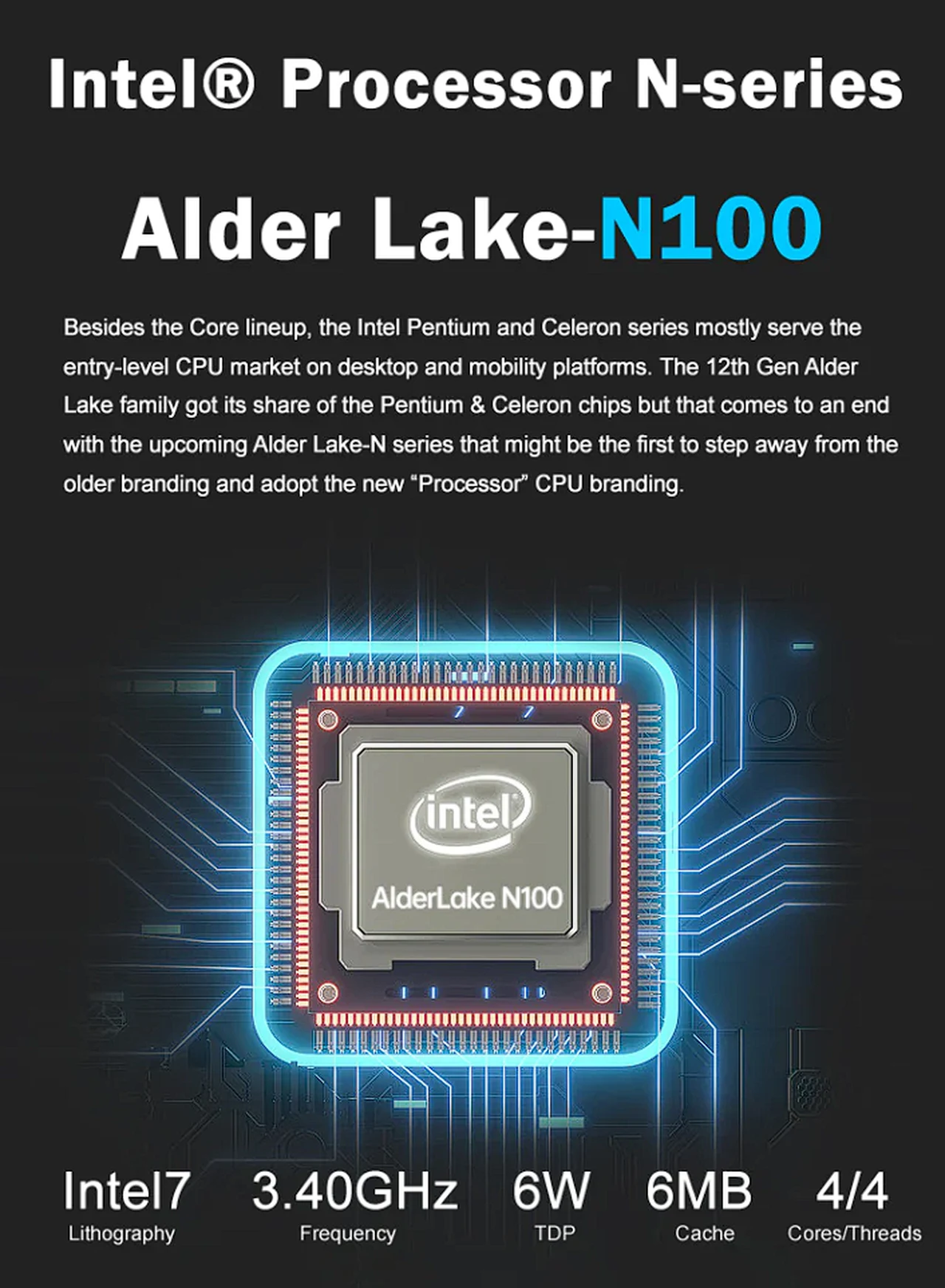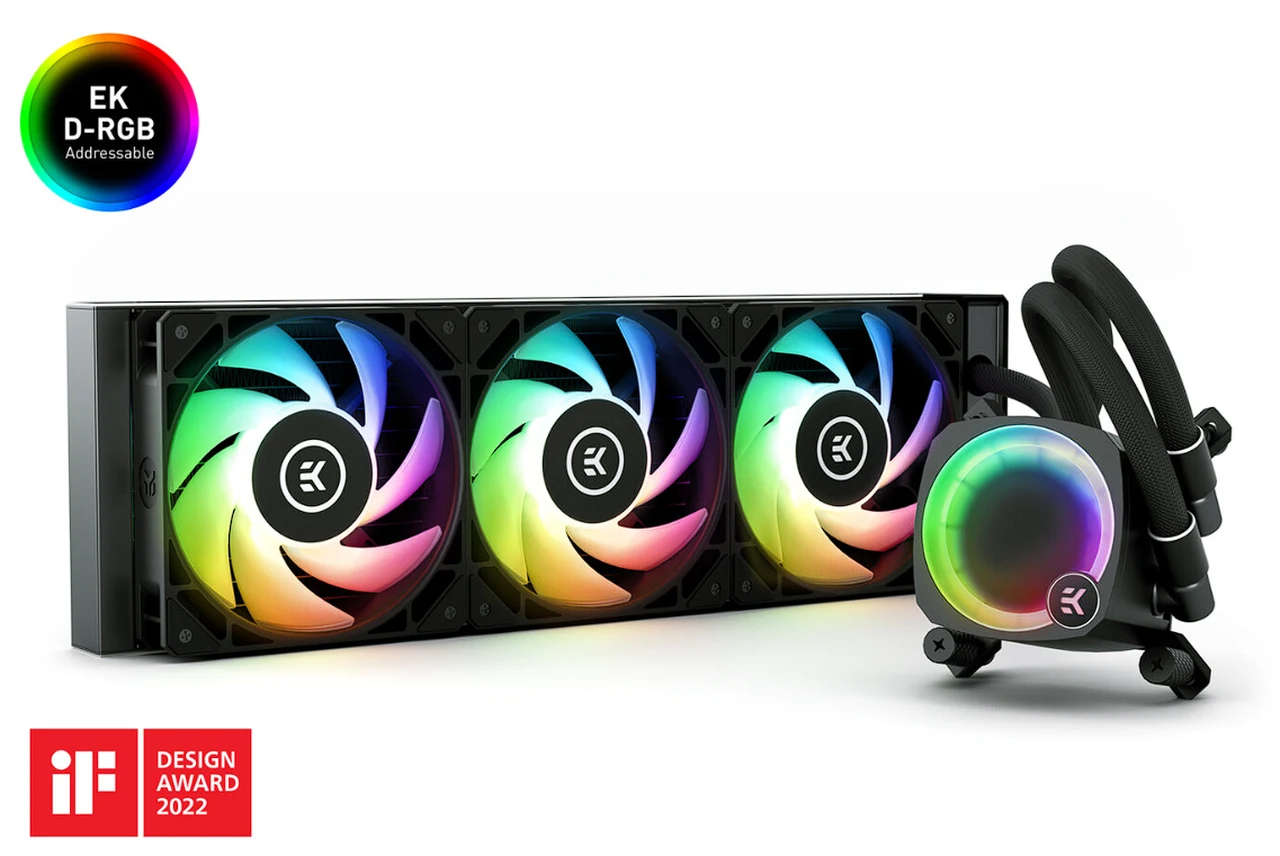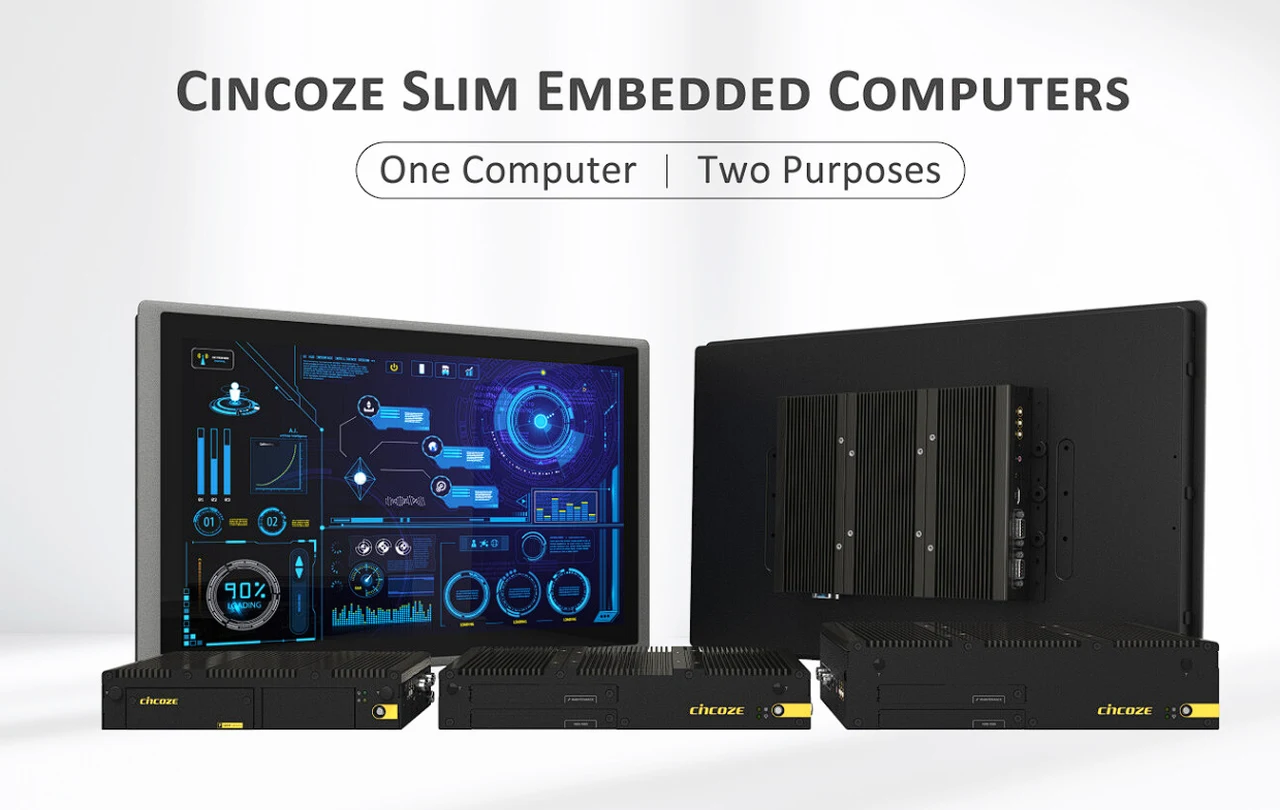
Cincoze has unveiled its latest line of slim industrial PCs, the P2202 Series and P1201 models, which are set to make a significant impact in the industrial computing market. These new systems are designed to fit into tight spaces without sacrificing performance, making them ideal for various industrial settings where space is at a premium. The integration of Cincoze’s Convertible Display System (CDS) further enhances their functionality, allowing these embedded systems to be transformed into fully functional panel PCs, catering to the diverse needs of industrial applications.
The P2202 Series is a standout, equipped with high-performance Intel Core i3/i5 processors and the latest DDR5 memory technology, supporting up to 64 GB. This series is tailored for demanding applications that require powerful processing and fast data handling. It also features a PCIe x4 slot for adding 75 W expansion cards, and modular expansion options are available to suit a range of industrial uses. These systems are built to endure the rigors of industrial environments, operating reliably in extreme temperatures and voltage fluctuations, and are constructed to resist the impacts of vibration and shock. This resilience is crucial for maintaining uninterrupted operations in challenging conditions.
Embedded PC
On the other hand, the P1201 model embedded PC system is powered by the efficient Intel Atom x6425E processor and can support up to 32 GB of DDR4 memory. It excels in wireless communication, providing extensive connectivity options suitable for industrial settings. Like the P2202, the P1201 is designed for durability, ensuring stable performance even under tough conditions.
Cincoze’s CDS technology is a key feature, offering compatibility with a range of display modules. This flexibility allows users to select the ideal panel PC configuration for their specific requirements, whether it’s an industrial panel PC, a sunlight-readable display, or an open frame panel PC with various mounting options. The CDS technology also facilitates easy maintenance and upgrades, enabling systems to adapt to changing industrial needs smoothly. This, combined with the systems’ robust support for industrial operations, positions Cincoze’s new slim industrial embedded PC systems as a smart choice for businesses looking to enhance their computing power and reliability.
Slim and lightweight design suitable for space-constrained applications.
– Onboard Intel Alder Lake-P U-Series Core Processor
– 2 x DDR5 SO-DIMM Socket, Supports up to 4800MHz 64GB Memory
– Quad Independent Display (CDS / HDMI / DP / VGA)
– 1x M.2 Key E Type 2230 Socket for Intel CNVi / Wireless Module
– Supports Cincoze Patent CDS Technology (Patent No. M482908)
– CFM Technology for Power Ignition Sensing & PoE Function
– Wide Operating Temperature -40°C to 70°C
– EMC Emission / Immunity Standard for Industrial Environment : EN61000-6-4, EN61000-6-2
– Dual functionality enabled by patented CDS technology, allowing transformation into panel PCs.
– P2202 Series features Intel Core i3/i5 CPUs, up to 64 GB DDR5 memory, and expansion capabilities including PCIe.
– P2202E model includes a PCIe x4 slot for 75 W expansion cards and modular expansion options.
– P2202 Series built for durability with wide temperature and voltage ranges, and resistance to vibration and shock.
– P1201 model equipped with Intel Atom x6425E processor, up to 32 GB DDR4 memory, and comprehensive wireless communication support.
– P1201 also designed for harsh industrial environments with similar durability features as the P2202 Series.
– CDS technology compatibility with a range of display modules, offering different panel PC solutions for various environments.
– Display modules include industrial panel PCs, sunlight-readable panel PCs, and open frame panel PCs with adjustable mounting brackets.
Cincoze’s latest products, the P2202 Series and P1201 models, offer a strong, adaptable, and space-efficient computing solution for industrial applications. With advanced processors, substantial memory support, and CDS technology, these systems are well-prepared to meet the challenges of contemporary industrial environments. Here are some other articles you may find of interest on the subject of embedded computers.
Filed Under: Hardware, Top News
Latest timeswonderful Deals
Disclosure: Some of our articles include affiliate links. If you buy something through one of these links, timeswonderful may earn an affiliate commission. Learn about our Disclosure Policy.

